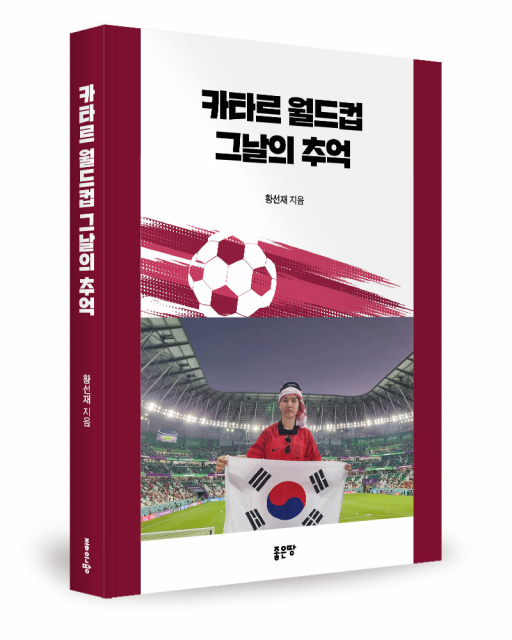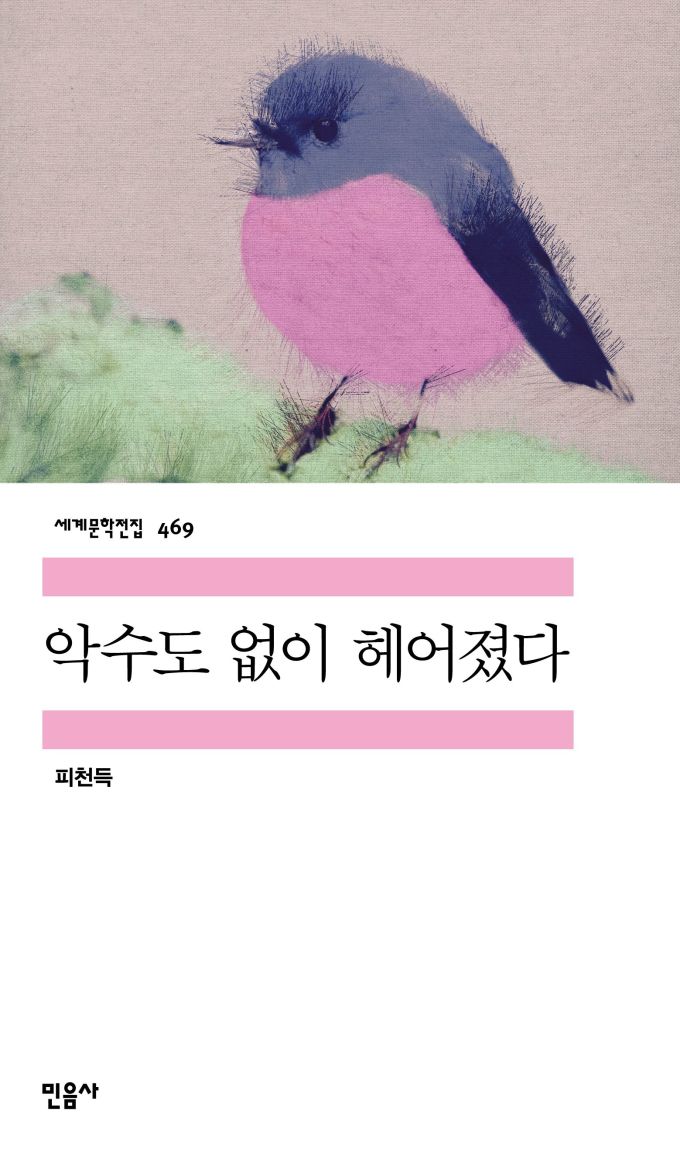일본 성리학의 비조 수은 강항 선생을 기리는 대한민국 K-선비한복대회 광주예선대회가 지난 5월17일(금) 9시에 광주 동구 전통문화관에서 대회 참가자들의 열띤 경연으로 개최되었다. 이 후 이들 본선 진출자들은 오는 9월 20일 [강항의 날]에 개최되는 K-선비한복대회 본선 대회에서 대상(200만원 시상금)과 강항로드(ROAD)탐방 티켓을 놓고 선비다움을 겨룬다.

영광 출신 수은 강항 선생은 명종 22년 1567년 영광군 불갑면 유봉리에서 강극검의 아들 5명 중 넷째로 태어났다. 그는 5살 때 글을 짓고 7살 때 맹자를 외웠고 9살 때 유성약천성부(幼成若天性賦)라고 하는 시를 지어서 주위를 놀라게 했다고 한다.
간양록은 "왜에 포로로 일본에 끌려갔지만 조선에 대한 지조, 충절을 결코 버리지 않은 올곧은 선비였다"는 의미를 담고 있다. 포로 생활 4년을 담은 이 책은 일본에서 임금에게 올렸던「적중봉소」, 일본의 지도를 그렸던「왜국팔도육십육주도」, 포로들에게 주는 글「고부인격」, 부인이 포로라는 뜻을 담고 있다.
간양록은 정유재란 당시에 왜에 포로로 끌려간 뒤에 탈출해서 포로 문학의 백미로 알려진 이 책은 일본에 잡혀간 포로들의 참상을 생생하게 기록했다. 그때 느낀 점을 한시로 적기도 했고 전란에 대비했던 대책까지 기록하고 있다.

수은 강항 선생은 1597년 정유재란이 다시 발발한 해, 휴가를 얻어서 고향에 내려와 있다가 정유재란을 당해 호조 참판 이종광의 종사관이 되어서 군량과 의병을 모으는데 앞장섰다.
아군의 전세가 불리해졌고 남원이 함락되고 영광이 함락되자 가족을 거느리고 피난 도중에 영광 앞바다에서 왜군에게 붙잡혀 일본 오쓰 성으로 압송이 되어 일본 현지 보고서라고 불린 간양록이 쓰이게 되었다.
일본 오쓰시 시민회관 광장에 강항을 기린 현창비에는 "강항을 일본 성리학의 아버지"라고 기술하고 있다. 그리고 오쓰시 초등학생들이 사용하는 교과서에도 강항을 일본 성리학의 아버지로 소개하고 있어 우리보다 훨씬 일본에서 유명하신 분이 수은 강항 선생이다.
일본 성리학의 비조로 불리게 된 이유는 승려 후지와라 세이카 와의 운명적인 만남이었다. 몇 번의 탈출을 시도했지만 강항 선생은 붙잡혔고 그래서 교토의 후시미성으로 이송됐는데 그때 그를 찾아온 이가 바로 승려 후지와라 세이카였다. 강항의 학문적 깊이에 감동했던 후지와라는 승복을 벗고 성리학자 강항의 제자가 된다. 후지와라에게 전해진 성리학은 이후 에도시대 일본의 정치 이념이 됐다. 그래서 일본 성리학의 출발에 후지와라 일본 승려 그 스승이 강항 선생이 있었다.
강항은 일본 막부의 귀화 요구를 거절하고 몇 번의 탈출 끝에 성공했다. 귀국한 강항을 선조가 불렀고 그래서 일본 현지 상황에 대해 파악한 것을 정리하여 올렸는데 그것이 곧 간양록이다.
한편, K-선비한복 본선대회는 강항문예제전과 함께 영광에서 매년 정기적으로 9월 20일 개최된다.
자세한 내용은 http//www.edaynara.com 에서 <강항문화제>와 함께 확인할 수 있다. hpf21@naver.com
* 아래는 위 기사를 '구글 번역'으로 번역한 영문 기사의 [전문]입니다. '구글번역'은 이해도 높이기를 위해 노력하고 있습니다. 영문 번역에 오류가 있을 수 있음을 전제로 합니다.
*The following is [the full text] of the English article translated by 'Google Translate'. 'Google Translate' is working hard to improve understanding. It is assumed that there may be errors in the English translation.
Commemorating the great founder of Japanese Neo-Confucianism, Su-eun Kang Hang...K-Scholar Hanbok Competition to be held on Gang Hang Day
K-Scholar Hanbok Competition to be held on ‘Gang Hang Day’ on September 20
The Gwangju preliminary competition of the Republic of Korea K-Scholar Hanbok Competition to commemorate the great founder of Japanese Neo-Confucianism, Su-eun Kang Hang, was held on Friday, May 17 at 9:00 AM at the Dong-gu Traditional Culture Center in Gwangju with heated competitions among the contestants. After that, the finalists will compete for the grand prize (2 million won prize money) and Gang Hang Road exploration tickets at the K-Scholar Hanbok Competition final competition to be held on [Gang Hang Day] on September 20.
Su-eun Kang Hang, from Yeonggwang, was born in 1567, the 22nd year of King Myeongjong’s reign, in Yubong-ri, Bulgap-myeon, Yeonggwang-gun, as the fourth of five sons of Kang Geuk-geom. He is said to have written at the age of five, memorized Mencius at the age of seven, and surprised everyone by writing a poem called “Yuseongyakcheonseongbu” at the age of nine.
Ganyangnok contains the meaning that “despite being taken to Japan as a prisoner of war, he was an upright scholar who never abandoned his integrity and loyalty to Joseon.” This book, which contains four years of his life as a prisoner of war, contains “Jeokjungbongso” presented to the king in Japan, “Waegukpaldoyuksipyukjudo” drawn as a map of Japan, and “Gobuingyeok” written to prisoners, meaning that his wife was a prisoner of war.
Ganyangnok is known as the best of prisoner literature because it was taken as a prisoner of war to Japan during the Imjin War and escaped. It vividly records the tragedy of the prisoners who were taken to Japan. It also records his feelings at the time in the form of a poem and measures taken in preparation for war.
In 1597, when the Second Imjin War broke out again, Su-eun Kang Hang returned to his hometown on vacation. When the Second Imjin War broke out, he became an attendant of Lee Jong-gwang, the Minister of Taxation, and took the lead in gathering military supplies and volunteer soldiers.
When the situation became unfavorable for the Allied forces, Namwon fell and Yeonggwang fell, he fled with his family, but was captured by the Japanese army in the sea off Yeonggwang and sent to Otsu Castle in Japan, where he wrote the Ganyangnok, which is called a local report on Japan.
The monument honoring Kang Hang in the plaza of the Otsu City Civic Center in Japan states, "Kang Hang is the father of Japanese Neo-Confucianism." In addition, textbooks used by Otsu City elementary school students introduce Kang Hang as the father of Japanese Neo-Confucianism, so Su-eun Kang Hang is much more famous in Japan than in Korea.
The reason he came to be called the father of Japanese Neo-Confucianism was his fateful meeting with the monk Fujiwara Seika. After several escape attempts, Kang Hang was captured and transferred to Fushimi Castle in Kyoto. The person who came to visit him was none other than the monk Fujiwara Seika. Fujiwara, impressed by Kang Hang’s academic depth, took off his monk’s robe and became Kang Hang’s disciple. The Neo-Confucianism that Fujiwara passed down to him later became the political ideology of Japan during the Edo period. Therefore, at the beginning of Japanese Neo-Confucianism, the Japanese monk Fujiwara had Kang Hang as his teacher.
Kang Hang refused the Japanese shogunate’s request for naturalization and succeeded after several escapes. Upon his return, King Seonjo called Kang Hang, who compiled what he had learned about the local situation in Japan, and this became the Ganyangnok.
Meanwhile, the K-Seonbi Hanbok Main Competition is held regularly every September 20th in Yeonggwang along with the Kang Hang Literary Festival.
For more information, visit http://www.edaynara.com along with
![대학의 선생님들, 그리고 조상 덕 본 첫 경험 [왕겅우 회고록 (32)]](https://img.joongang.co.kr/pubimg/share/ja-opengraph-img.png)
![[책꽂이] 로보 사피엔스 재패니쿠스 外](https://pds.joongang.co.kr/news/component/joongang_sunday/202512/27/67077172-0f59-4650-baae-0d4cec4705c6.jpg)




